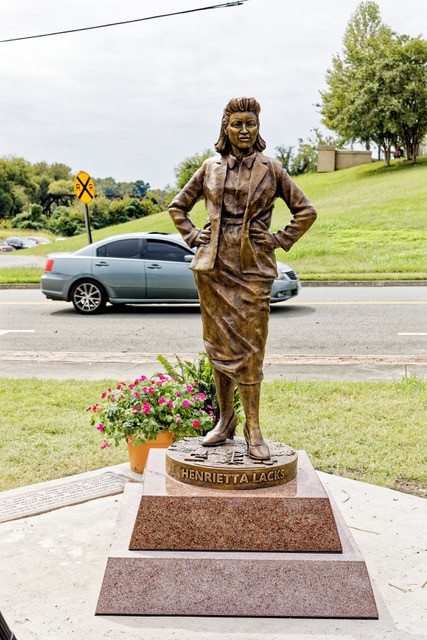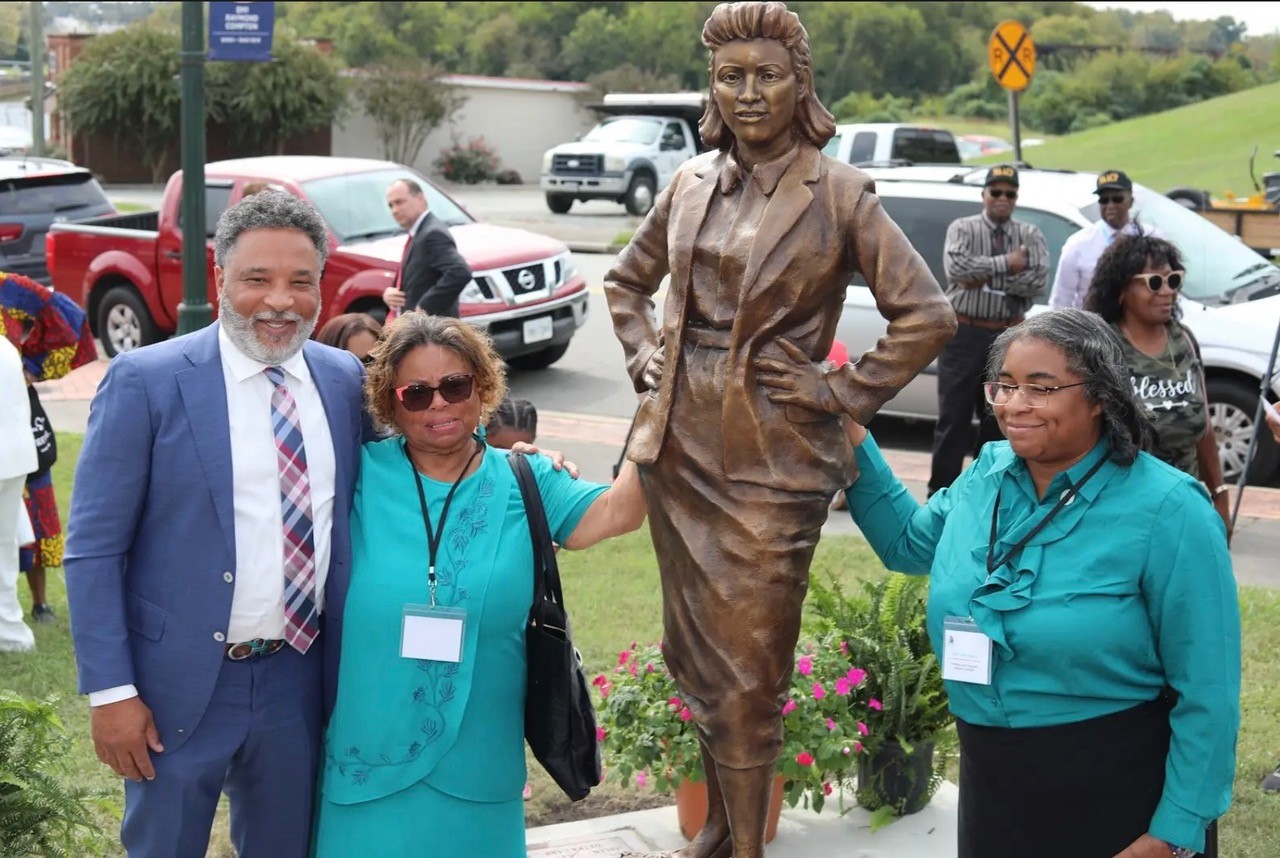Honoring the Life and Legacy of Henrietta Lacks

Call it a monumental achievement—in more ways than one. Recently, AARP Virginia helped a Southside community honor and remember a woman who made lasting contributions to modern medicine—even if it was without her knowledge or, for many years, without her family’s compensation for her cells’ commercial use.
Henrietta Lacks grew up the daughter of African American sharecroppers in Halifax County. Her role in medical history began in 1951 when she was diagnosed with cervical cancer that took her life eight months later. During her treatment, samples of her cancerous cells were collected, and the medical community quickly realized that instead of rapidly dying as normally occurs, these cells would indefinitely reproduce outside the human body. In the more than 70 years since, the cells have proved invaluable to worldwide medical research, helping develop a polio vaccine and contribute to research on cancer, AIDS, and COVID-19 among other medical conditions.
As monumentally important to medicine as those cells became, Henrietta Lacks’ family wasn’t aware of this for decades, and by extension, neither was almost anyone else. That may have changed substantially in more recent years, but until now, there was no lasting testament in her home community. A local initiative organized and raised funds for a statue that now stands in South Boston to keep her name and worldwide medical contributions alive.
“To us, as generations come on after us, the younger people are not being taught her legacy,” said Betty Majors, treasurer of the Henrietta Lacks Hometown Initiative. “That statue represents the millions and millions of cells living outside your body when you have been dead for so a long time and helped so many people around the world.”
AARP contributed to the event in a sponsor’s role at the reception that followed this month’s statue unveiling ceremony, and AARP Volunteer Community Ambassador Beverly Crowder said there is a clear connection at work.

“AARP is about serving. Henrietta Lacks at the time did not know how much her cells were going to serve in so many capacities,” Crowder said.
She compared Henrietta Lacks’ singular contributions to those of AARP founder Ethel Percy Andrus.
“No one recognized the efforts she was doing for years. But after many years and persistence on others’ part, AARP is known throughout the world to serve mankind,” she said.
AARP Associate State Director Brian Jacks said another reason for teaming up with the Henrietta Lacks Hometown Initiative is to expand AARP’s investment in livability.

“Halifax joined the AARP Network of Age-Friendly States and Communities in 2023 and is committed to expanding the social connectedness of the region,” Jacks said. “Local empowerment efforts including the example of the Henrietta Lacks statue placement demonstrate how citizens and a town can work to celebrate history while working towards a better future together.”
The reception also served as an opportunity to create greater awareness of AARP in the Halifax County area.
To learn more about the Henrietta Lacks Hometown Initiative, go to https://hela100.org/hela100. The initiative is not done with its work; fund-raising continues in order to illuminate the statue, expand its base and develop education materials to help present-day students learn of her lasting contributions.
“The story needs to be told,” Crowder said. “It isn’t a race issue, no black or white, because everybody’s blood is red.”


